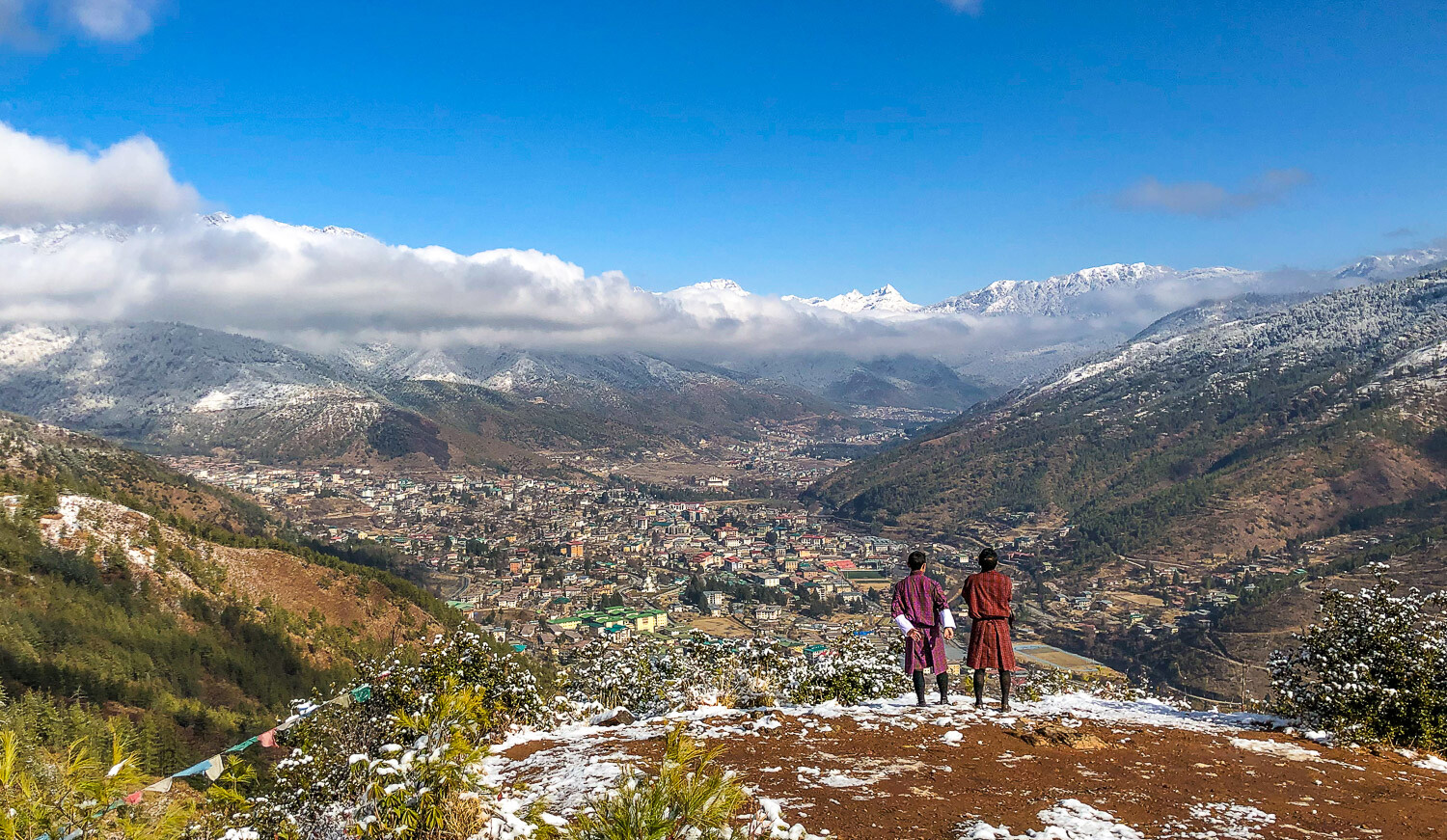The post How to Make Money With Your Photography (From Fine Art America) appeared first on Digital Photography School. It was authored by Jaymes Dempsey.

Have you ever wanted to sell your photos, but the process seemed too time-consuming or even overwhelming? Does making stress-free money from your images sound appealing?
Then you should explore Fine Art America, a company that takes artists from creators to full-blown entrepreneurs – practically overnight.
Fine Art America is designed to get photography businesses off the ground. FAA lets you sell photos online and create merchandise directly from its online platform with zero hassle, zero equipment, and zero time spent performing thankless customer service tasks.
Instead, with Fine Art America, you can concentrate on making (and uploading) great art. Best of all, it’s free.

So how can you get started making money with Fine Art America? Below, I share the simple, four-step process to create an account and add products. It takes about sixty seconds, so there’s no reason not to do it – just follow the instructions below and sell some art!
(By the way, if you’re an art buyer and you’d like to see some of the best work Fine Art America has to offer, then check out their featured artists.)
Step 1: Create a Fine Art America account
A Standard Fine Art America account is free, and it’s insanely easy to set up.
Simply head over to the FAA website, then identify yourself as an artist:

Add your name, address, and email:

Then set up your artist profile:

You can invite other photographers to join Fine Art America, so feel free to add emails and hit the Invite Friends button:

Step 2: Upload images to sell
Now that your account is active, you can add a profile picture, join groups, and join contests. You can also create content for your profile page, such as an About section, events, or even blog posts.
However, if you’d like to start selling right away, tap the Upload Image button.

Use the browser to upload the image you’d like to sell, then add a title, medium, category, and more:

At this point, you have the option to simply submit your work with the default products and markups. However, I highly recommend you check out your list of options, as I explain in the next section:
Step 3: Determine your products and markup
Here’s where things get exciting, because in this section of the selling process, you set your own prices; you can also customize your products as you see fit.
Scroll down and you’ll notice plenty of product types, including:
- Prints
- Greeting cards
- Throw pillows
- Tote bags
- Phone cases
- T-shirts
- Towels
- Coffee mugs
For nearly every product, you have the option to make adjustments. For instance, you can change the image size, the product color, and (sometimes) the image orientation.

You also get to determine the product prices. Here, Fine Art America displays the product base price (which includes the cost of materials, handling, etc.), and you get to add markup, the money that will go directly to you when a purchase is made.
You can set a custom markup for every product, but that would take a long time. My recommendation is to use the default, or recommended, markup for your products unless you feel very strongly that it needs adjusting.
Once you’re pleased with your decisions, go ahead and tap Submit:

And your photo will instantly go up for sale. If you have more photos to upload, you can always select the Upload Image option again, or even the Upload Multiple Images option (which is a slightly faster way of handling up to five files).
Note that, when an order is placed, you don’t do any of the processing, packaging, or shipping. Fine Art America handles all the heavy lifting, while you simply enjoy!
Step 4: Promote your products with social media, your own website, and more
At this point, you have the option to sit back, relax, and wait. But if you’re serious about making sales, I’d recommend taking a more proactive approach and marketing your products.
Fortunately, Fine Art America features plenty of promotional tools. In addition to selling through the FAA website, you can promote your work on Facebook, add an FAA-linked shopping cart to your own website, design emails to send out to prospective buyers, and post press releases on the Fine Art America press release page.
Remember how I said that Fine Art America is free? Well, it is – but you can upgrade to a Premium account, which offers a few benefits over the Standard (free) account.

For $ 30 USD per year, a Premium account lets you use the website shopping cart feature I mentioned above, and it provides access to the marketing email function. It also lets you design your own website (which you can use to sell prints and merchandise). And with a Premium account, you have no product cap; uploads are unlimited.
The Premium account isn’t for everyone – after all, you get most of the same features with a free account – but if you’re interested in selling via a website of your own or you want to create marketing emails, the Premium account is a must-have.
How to make money with your photography: final words
If you’re like many photographers, Fine Art America is exactly what you’ve been looking for: an easy way to sell images without tons of product costs, time on the job, etc.
And if you’ve made it this far, you know that getting started with FAA is painless (and maybe even a little fun!).
So head over to FAA and make an account. It’s quick, it’s easy, and you’ve got nothing to lose!
Plus, while you’re at it, check out the Fine Art America best artists; they’re sure to offer plenty of inspiration.
Fine Art America is a paid partner of dPS.
The post How to Make Money With Your Photography (From Fine Art America) appeared first on Digital Photography School. It was authored by Jaymes Dempsey.









































You must be logged in to post a comment.